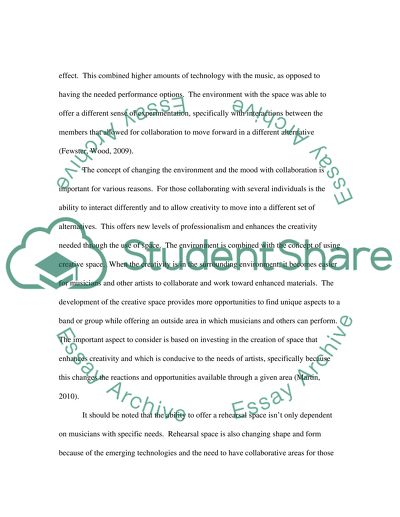Cite this document
(“Professional Project - Rehearsal Studio Literature review”, n.d.)
Retrieved from https://studentshare.org/other/1425309-professional-project-rehearsal-studio
Retrieved from https://studentshare.org/other/1425309-professional-project-rehearsal-studio
(Professional Project - Rehearsal Studio Literature Review)
https://studentshare.org/other/1425309-professional-project-rehearsal-studio.
https://studentshare.org/other/1425309-professional-project-rehearsal-studio.
“Professional Project - Rehearsal Studio Literature Review”, n.d. https://studentshare.org/other/1425309-professional-project-rehearsal-studio.


